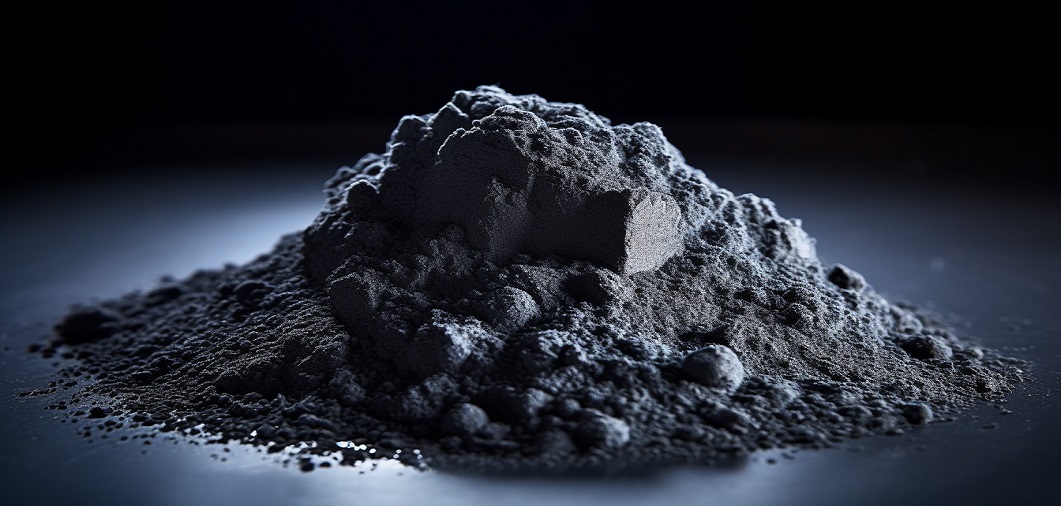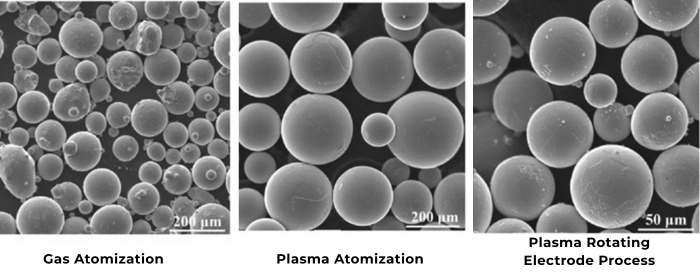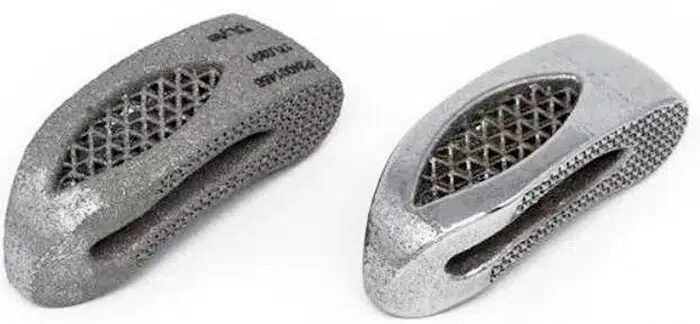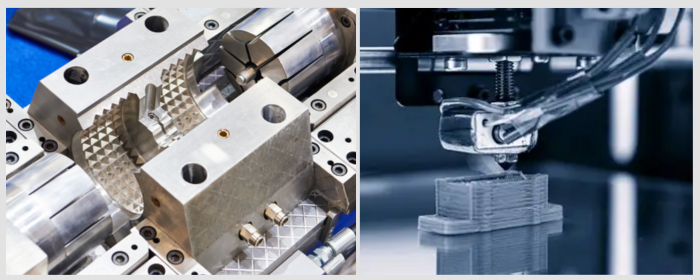

Titanium powder and aluminum powder are both recognized as suitable materials for lightweight applications. However, they differ significantly in performance, leading to distinct uses in various fields.
Titanium powder is known for its high strength, heat resistance, and corrosion resistance, making it ideal for demanding environments. With a density of around 4.5 g/cm³, it is relatively heavy but offers excellent strength, especially for high-load applications. Its melting point reaches 1668°C, providing outstanding thermal stability. Even in high-temperature conditions, it remains stable, which is why it’s widely used in high-temperature applications such as aerospace and engine components.
Titanium powder also shows exceptional corrosion resistance, especially in acidic or marine environments. Its low chemical reactivity allows it to maintain stability at high temperatures, making it ideal for settings that require high stability and oxidation resistance. However, titanium powder has a high production cost due to its complex extraction and manufacturing processes, so it is usually reserved for high-end, stringent applications.
.png)
Fig 1. Spherical Titanium Powder for 3D Printing
Aluminum powder is a lightweight, highly reactive, and cost-effective material. With a density of about 2.7 g/cm³, it is particularly suitable for applications that require lightweight materials, such as automotive and consumer electronics. The melting point of aluminum powder is 660°C, which is lower, making it suitable for low to moderate temperature conditions but less suitable for extreme heat.
Aluminum powder’s high reactivity means it oxidizes easily, which makes it ideal for industrial applications like thermal spraying and flame spraying to enhance surface properties. Although it has lower corrosion resistance than titanium powder, alloying or surface treatments can provide adequate resistance in standard environments. Due to its lower cost, aluminum powder is widely used in large-scale industrial applications, especially where cost-effectiveness is essential.
.png)
Fig 2. Nano Aluminum Powder (Al)
Table 1. Properties comparison of titanium powder and aluminum powder
|
Properties |
Titanium Powder |
Aluminum Powder |
|
Density |
4.5 g/cm³ |
2.7 g/cm³ |
|
Melting Point |
1668°C |
660°C |
|
Strength |
High |
Low |
|
Heat Resistance |
Excellent |
Poor |
|
Corrosion Resistance |
Excellent |
Moderate |
|
Chemical Reactivity |
Low |
High |
Both aluminum and titanium powders can be classified as lightweight metals and could be used in applications with weight reduction needs. The low density of aluminum will make it more attractive in cost-sensitive and lightweight applications such as automotive and construction.
Although the titanium powder is denser, the weight against steel is lower, and it possesses greater strength. It has good applications in aerospace requiring strength and lightweight features. While they both serve lightweight needs, titanium is rather the material of choice in high-strength lightweight structures, while aluminum will find applications in general lightweight service.
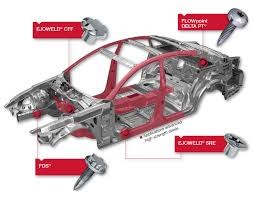
Among these, titanium powder represents a peculiar advantage in corrosive media, especially in chemical processing equipment, marine applications, and high-temperature applications. While on its own accord, aluminum powder has some degree of resistance to corrosion, it does not have the durability of titanium in either acidic or highly corrosive environments. In such corroding environments, therefore, titanium may be the material of choice because of its undoubted superiority in resistance.

The Thermal and electrical conductivities of aluminum metal powder are much better, hence it is good for heat dissipation, conductive coatings, or printed circuit boards. Titanium powder does not meet the requirements, even though it can be used sometimes in high temperatures or corrosive applications in some thermal and electrical requirements.
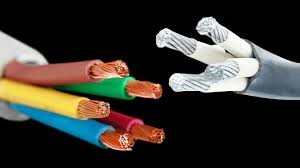
Applications of both powders in additive manufacturing, or otherwise known as 3D printing, are very well recognized, though the areas of focus would differ. While the use of titanium powder due to strength and corrosion resistance is seen in high-strength parts for aerospace and medical applications, the use of aluminum powder would remain with lightweight parts, primarily in automotive design where weight reduction is vital. Both powders in 3D printing, therefore, address lightweight requirements, though designed to be dependent upon specific strength needs and cost considerations.
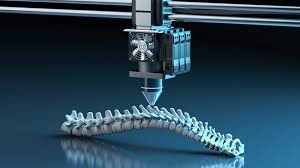
Table 2. Comparison of titanium powder and aluminum powder in different application fields
.png)
Although titanium and aluminum powders are comparable in specific areas like lightweight and combustion effects, their distinct performance traits guide their unique application paths. Titanium powder is primarily valued for high strength, corrosion resistance, and extreme environment resilience, making it ideal for aerospace, medical, and chemical applications. Aluminum powder, on the other hand, is prized for its lightweight, conductivity, and affordability, making it suitable for automotive, construction, and electronics industries.
Stanford Advanced Materials (SAM) is dedicated to the research and development of spherical powder technology. We supply a variety of 3D printing metal powders, refractory metal powders, titanium, aluminum, stainless steel, cobalt, chrome, nickel, copper, etc. If you are looking for high-quality additive manufacturing materials, please get a quote.

